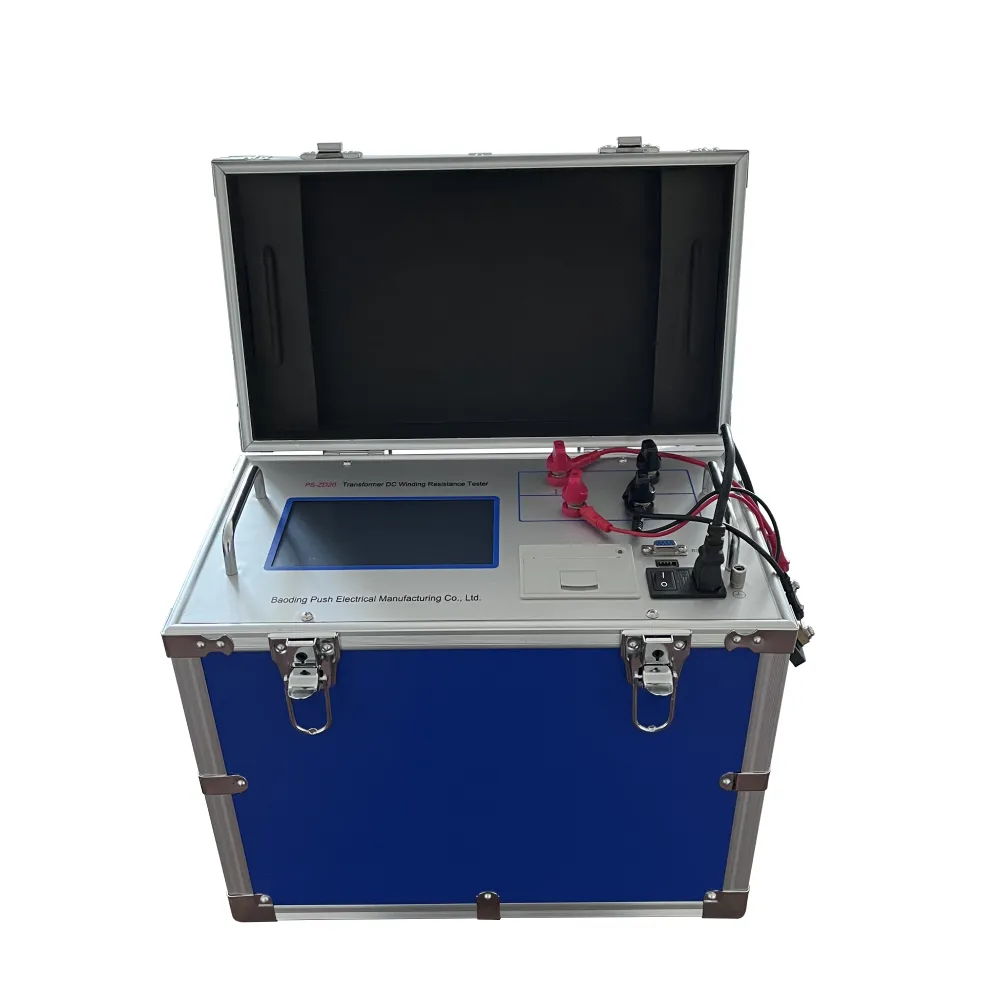 English
English



-
 Afrikaans
Afrikaans -
 Albanian
Albanian -
 Amharic
Amharic -
 Arabic
Arabic -
 Armenian
Armenian -
 Azerbaijani
Azerbaijani -
 Basque
Basque -
 Belarusian
Belarusian -
 Bengali
Bengali -
 Bosnian
Bosnian -
 Bulgarian
Bulgarian -
 Catalan
Catalan -
 Cebuano
Cebuano -
 China
China -
 China (Taiwan)
China (Taiwan) -
 Corsican
Corsican -
 Croatian
Croatian -
 Czech
Czech -
 Danish
Danish -
 Dutch
Dutch -
 English
English -
 Esperanto
Esperanto -
 Estonian
Estonian -
 Finnish
Finnish -
 French
French -
 Frisian
Frisian -
 Galician
Galician -
 Georgian
Georgian -
 German
German -
 Greek
Greek -
 Gujarati
Gujarati -
 Haitian Creole
Haitian Creole -
 hausa
hausa -
 hawaiian
hawaiian -
 Hebrew
Hebrew -
 Hindi
Hindi -
 Miao
Miao -
 Hungarian
Hungarian -
 Icelandic
Icelandic -
 igbo
igbo -
 Indonesian
Indonesian -
 irish
irish -
 Italian
Italian -
 Japanese
Japanese -
 Javanese
Javanese -
 Kannada
Kannada -
 kazakh
kazakh -
 Khmer
Khmer -
 Rwandese
Rwandese -
 Korean
Korean -
 Kurdish
Kurdish -
 Kyrgyz
Kyrgyz -
 Lao
Lao -
 Latin
Latin -
 Latvian
Latvian -
 Lithuanian
Lithuanian -
 Luxembourgish
Luxembourgish -
 Macedonian
Macedonian -
 Malgashi
Malgashi -
 Malay
Malay -
 Malayalam
Malayalam -
 Maltese
Maltese -
 Maori
Maori -
 Marathi
Marathi -
 Mongolian
Mongolian -
 Myanmar
Myanmar -
 Nepali
Nepali -
 Norwegian
Norwegian -
 Norwegian
Norwegian -
 Occitan
Occitan -
 Pashto
Pashto -
 Persian
Persian -
 Polish
Polish -
 Portuguese
Portuguese -
 Punjabi
Punjabi -
 Romanian
Romanian -
 Russian
Russian -
 Samoan
Samoan -
 Scottish Gaelic
Scottish Gaelic -
 Serbian
Serbian -
 Sesotho
Sesotho -
 Shona
Shona -
 Sindhi
Sindhi -
 Sinhala
Sinhala -
 Slovak
Slovak -
 Slovenian
Slovenian -
 Somali
Somali -
 Spanish
Spanish -
 Sundanese
Sundanese -
 Swahili
Swahili -
 Swedish
Swedish -
 Tagalog
Tagalog -
 Tajik
Tajik -
 Tamil
Tamil -
 Tatar
Tatar -
 Telugu
Telugu -
 Thai
Thai -
 Turkish
Turkish -
 Turkmen
Turkmen -
 Ukrainian
Ukrainian -
 Urdu
Urdu -
 Uighur
Uighur -
 Uzbek
Uzbek -
 Vietnamese
Vietnamese -
 Welsh
Welsh -
 Bantu
Bantu -
 Yiddish
Yiddish -
 Yoruba
Yoruba -
 Zulu
Zulu
Transformer Ohmmeter - Precision Resistance Measurement for Transformers
Understanding the Transformer Ohmmeter
A transformer ohmmeter is an essential instrument used primarily for testing the resistance of windings in transformers and electric machines. Its primary function is to measure low resistance accurately, typically in the range of micro-ohms to ohms, which is critical for ensuring the reliability and efficiency of electrical equipment.
Principles of Operation
The transformer ohmmeter operates on the principle of measuring the voltage drop across a known resistance. This method allows for precise calculations of resistance based on Ohm's law (V = IR). The instrument typically generates a small test current, which passes through the winding being tested. As the current flows through the resistance, a voltage is developed, which is then measured. By analyzing the voltage and the known current, the instrument can accurately compute the resistance value.
Applications
Transformer ohmmeters are widely utilized in various applications, primarily in the electrical power industry. They are crucial during routine maintenance and testing of transformers, which are vital for power distribution. By measuring the resistance of windings, technicians can identify issues such as short circuits, open circuits, or other forms of winding degradation. Early detection of these problems is essential in preventing catastrophic failures and ensuring continuous operation.
Furthermore, transformer ohmmeters find applications in the manufacturing sector, where transformers are produced
. Quality control processes integrate these measurements to guarantee that each unit meets prescribed standards before being placed into service.transformer ohmmeter

Features and Benefits
Modern transformer ohmmeters offer several advanced features that enhance their usability. Many devices include digital displays that provide easy-to-read measurements and some may even produce graphical representations of the resistance over time. Additionally, portable models allow technicians to conduct field tests conveniently, without the need for extensive setup.
Another significant advantage of transformer ohmeters is their ability to perform automated tests, thus reducing human error and increasing efficiency during inspections. By automating data collection and analysis, these instruments can generate detailed reports, aiding engineers in making informed decisions about equipment maintenance and replacement.
Safety Considerations
When using a transformer ohmmeter, safety is paramount. Operators should ensure that the equipment is de-energized before testing to prevent electrical shock hazards. Following manufacturer guidelines and safety protocols significantly reduces the risks associated with high-voltage systems.
Conclusion
In summary, the transformer ohmmeter is a crucial tool in the electrical industry, providing essential measurements that contribute to the reliability and safety of electrical systems. Its ability to measure low resistance with precision, coupled with modern advancements in design and functionality, makes it indispensable for engineers and technicians. Regular use of transformer ohmmeters not only enhances the performance of transformers but also extends their lifespan, ensuring efficient power distribution and reliable service. Proper training and adherence to safety standards further empower professionals to utilize this instrument effectively, reinforcing the importance of ongoing education in the field of electrical engineering.
-
Ensuring SF₆ Gas Safety: Introducing PUSH’s Integrated SF₆ Analyzer for Dew Point, Purity, and Decomposition MonitoringNewsJul.10,2025
-
Exploring the Main Types of Industrial Endoscopes and Their Applications Across IndustriesNewsJul.04,2025
-
Testing Equipment Industry Sees Major Advancements in 2025: Smart & Precision Technologies Lead the WayNewsJun.06,2025
-
Applications of Direct Current Generators in Renewable Energy SystemsNewsJun.05,2025
-
Hipot Tester Calibration and Accuracy GuidelinesNewsJun.05,2025
-
Digital Circuit Breaker Analyzer Features and BenefitsNewsJun.05,2025



